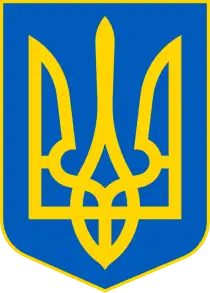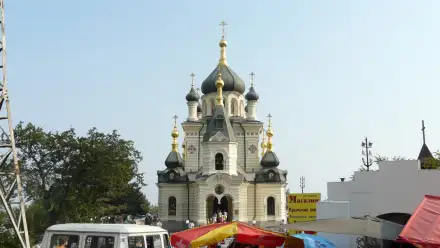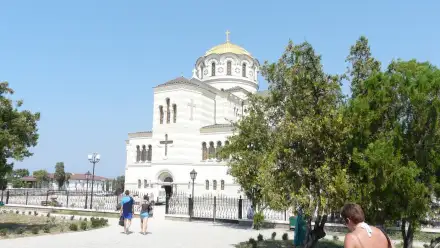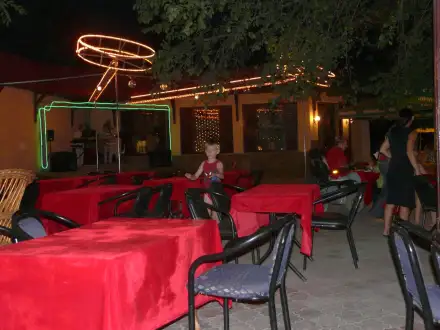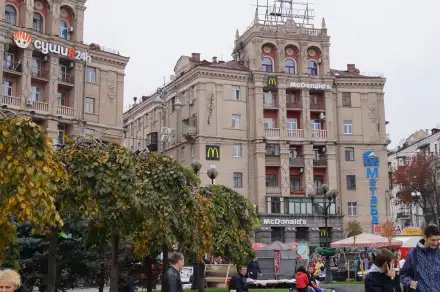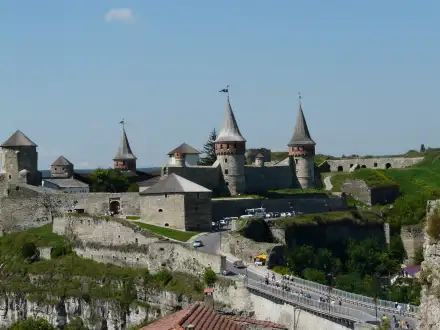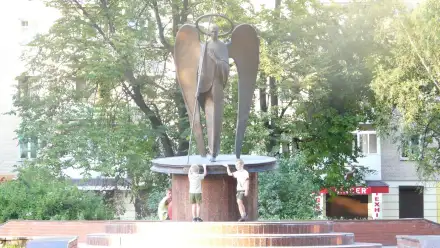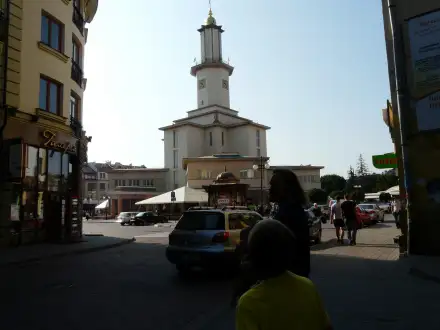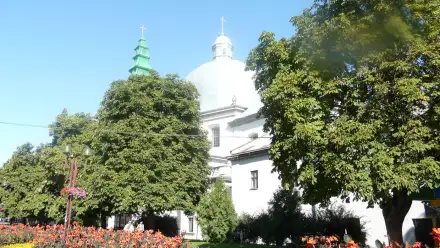Ukraine is the second largest country in Europe, after Russia. It covers an area of approximately 603,000 km² and has a population of over 42 million people.
Ukraine is also known for its rich cuisine, which features dishes made from potatoes, meat, vegetables, and herbs. Popular Ukrainian dishes include dumplings (varenyky), borscht, sauerkraut, and the "Olivier" salad.
The capital, Kyiv, attracts the most tourists and is famous for numerous landmarks such as Saint Sophia Cathedral, Kyiv Pechersk Lavra Monastery, Radomyshl Castle, and the Maria Zankovetska Palace. Other popular tourist destinations include Lviv, Odesa, Crimea, the Carpathians, as well as Kharkiv, Chernivtsi, Kamianets-Podilskyi, and the tunnel city of Kakhovka.
Odkryj najlepsze loty do blisko sto miast na różnych kontynentach. Sprawdź aktualne ceny i promocje.
Sprawdź loty do blisko sto miast na różnych kontynentachKvass
In Ukraine, kvass is often consumed during hot summer days because it is very refreshing and is also considered a healthy drink that aids digestion. In many Ukrainian cities, you can find special street stalls selling it from traditional barrels. Kvass in Ukraine is often served with additions such as berries, fruits, or herbs to enhance its flavor.
Kvass has a long history in Ukraine, dating back to ancient times. It is one of the oldest fermented beverages in the region and was commonly consumed in everyday life for centuries. This drink was often used as a natural probiotic with beneficial effects on digestion.
What does the tryzub represent?
The tryzub originates from the times of Kievan Rus, with the oldest known versions dating back to the 10th century. This symbol appeared on the coins of Prince Volodymyr the Great as a dynastic emblem, a type of coat of arms. At that time, it was not called a “tryzub” but was rather treated as a tamga — a personal mark of the ruler, similar to a signet, signature, or seal.
What the tryzub represents is open to interpretation, as its original form was symbolic rather than literal. Several theories exist:
- A bird (most commonly a falcon or dove) — the most popular and widely supported theory. The bird’s head faces downward (toward the prey), wings spread on the sides, symbolizing divine protection, speed, strength, and spiritual inspiration. Some also interpret it as the Holy Spirit in a Christian context (a dove descending from heaven).
- Stylized letters — some researchers suggest that the tryzub is a monogram, possibly composed of Greek or Old Church Slavonic letters. There are also theories that it graphically represents the word “ВОЛОДИМИР” (Volodymyr), though this is more symbolic than literal.
- A symbol of power and trinity — some see the three prongs of the tryzub as a reference to the Holy Trinity or to three realms of power: heaven, earth, and the underworld, linking back to Slavic pagan beliefs or general concepts of world order.
The tryzub was not originally a “trident” but rather a symbolic sign, most likely representing a bird in flight (usually a falcon or dove), which over time became stylized in a way that resembled a trident. It is one of the oldest state symbols in Europe, with roots deeply embedded in the traditions and spirituality of Kievan Rus.



